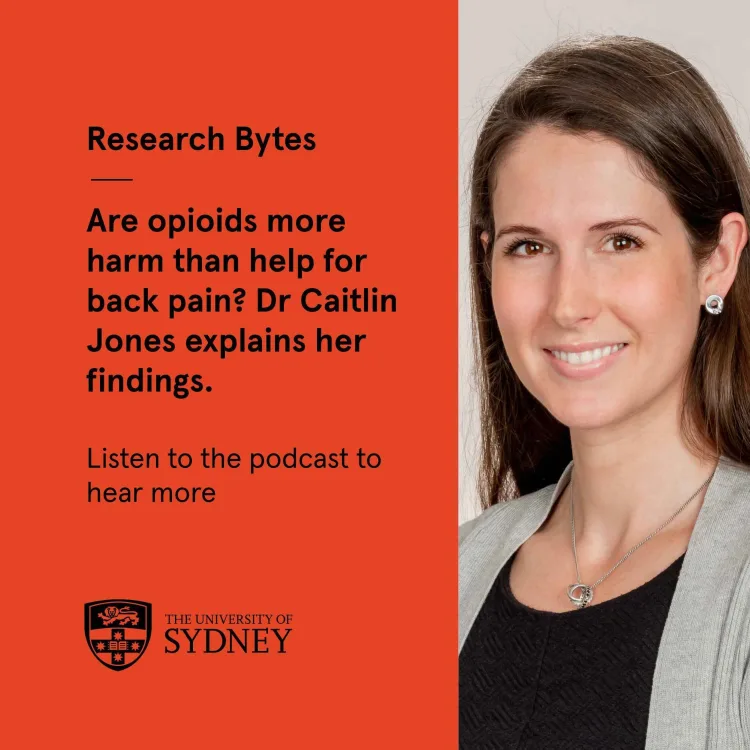Manual therapy and exercise for lateral elbow pain – Jason A Wallis et al.
Compared with placebo (sham) manual therapy, manual therapy may reduce pain and disability at the end of treatment. Longer‐term effects are unknown. Compared with minimal or no treatment, manual therapy, prescribed exercises or both may slightly reduce pain and disability, and result in little to [...]





